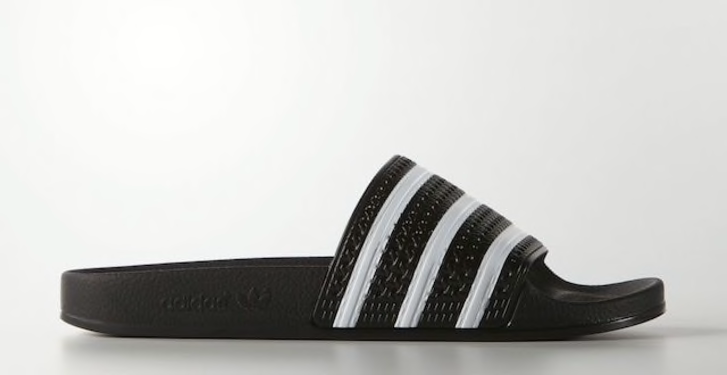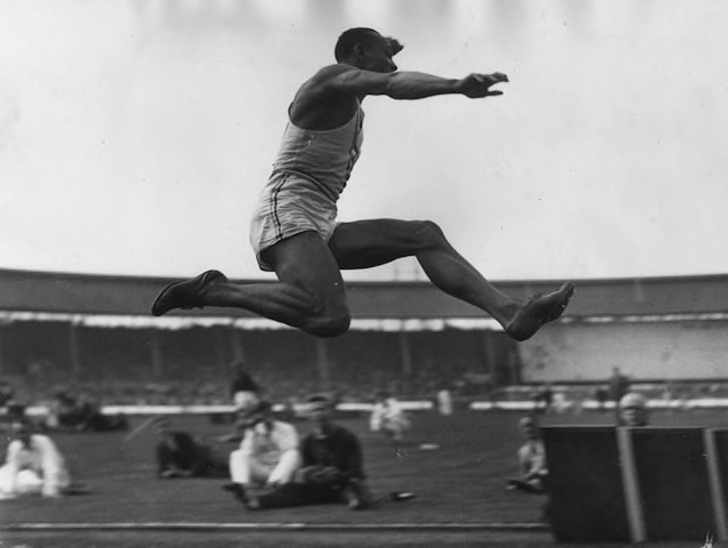Hello ladies and gents this is the Viking telling you that today we are talking about
ADIDAS
There are scores of footwear brands in the world, but few hold as much cachet in sports, fashion, lifestyle, and popular culture as the one with the three stripes. With a legacy that spans nearly seven decades, adidas has had its ups and downs in the sneaker market. The brand came dangerously close to filing for bankruptcy in the early 1990s, but emerged victorious and has since continued to do battle with other industry powerhouses for the top spot—and released several iconic models that have forever changed how the world views footwear.
1. THE BRAND WAS BORN OUT OF A SIBLING RIVALRY.
After working together for years at the family company called Gebrüder Dassler, Adi Dassler and his older brother Rudolf began to bump heads. They split the company and its assets and, in the late 1940s, formed two separate companies: adidas and Puma. The feud carried on for decades, up until a symbolic soccer game in 2009.
2. IT WAS ALMOST CALLED ADDAS.
The company’s founder and namesake, Adolf “Adi” Dassler, wanted his brand to be called “Addas” after the split with his brother Rudi. But according to Barbara Smit’s book Sneaker Wars, his registration was turned down because there was already a German children’s shoe company with that name. The addition of a single vowel made all the difference. Similarly, his brother wanted to register his new company as “Ruda” but it was thought to be “inelegant and plump,” Smit wrote, so he went with "Puma" instead.
3. JESSE OWENS WAS AN EARLY ADOPTER.
Before the birth of adidas (which is usually spelled with all lowercase letters, in contrast to PUMA's all caps), Adi’s focus was on spiked shoes for sports, which were more or less early cleats, but with nails driven through the soles. During the 1936 Olympic Games, Adi knew that German athletes would be wearing his spikes, but he was determined to have the phenom Jesse Owens try them on, even though he would be competing against the Germans.
After trying on a third pair, Owens was hooked; he stated that “he wanted those shoes or none at all." The athlete proceeded to win four gold medals.
4. THE ICONIC THREE STRIPES CAME FROM ANOTHER BRAND.

The world recognizes the three stripes as the trademark for adidas now, but the stripes were not Dassler’s until 1951, when he purchased them from the Finnish shoe brand Karhu. Smit wrote that two stripes were used back at Gebrüder Dassler, so they were out, and four stripes seemed “too busy.” The story goes that Karhu sold the trademark to adidas for two bottles of whiskey and €1600.
When adidas expanded into apparel, it adopted the trefoil as its logo. The trefoil is a clover-like plant with three-lobed leaves, which fit with the brand’s existing stripe motif. Nuremberg-based designer Hans Fick is credited with incorporating the stripes into the leaf logo.
5. ADIDAS INVENTED SHOWER SHOES
 According to the adidas blog, the German football team came to the company in the 1960s because they wanted shoes for their players to wear in the showers and in changing rooms so that they could be protected from the gross things that grow in those places. After a few design changes, what the world knows as the Adilette was released in 1972. It's still a popular choice for athletes and dorm-dwellers.
According to the adidas blog, the German football team came to the company in the 1960s because they wanted shoes for their players to wear in the showers and in changing rooms so that they could be protected from the gross things that grow in those places. After a few design changes, what the world knows as the Adilette was released in 1972. It's still a popular choice for athletes and dorm-dwellers.


Comments
Post a Comment